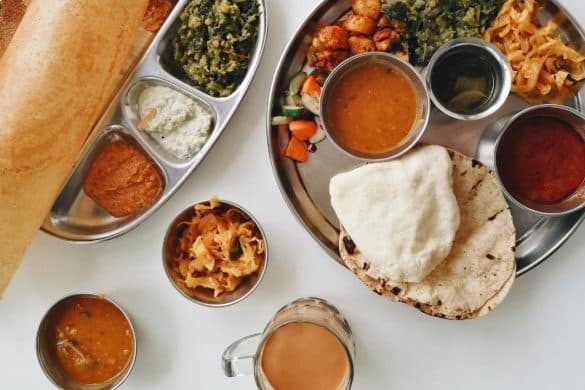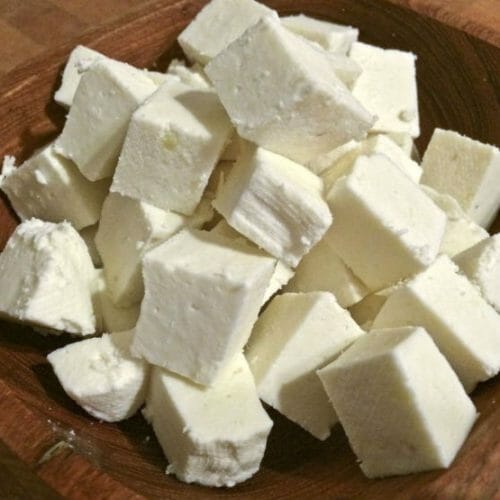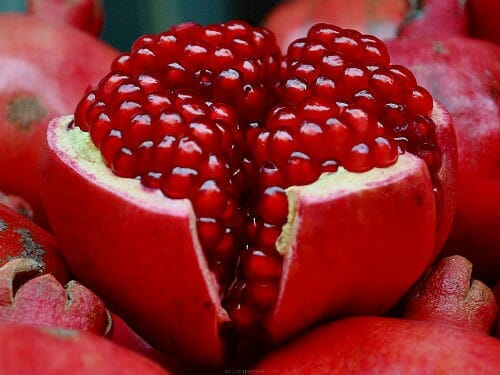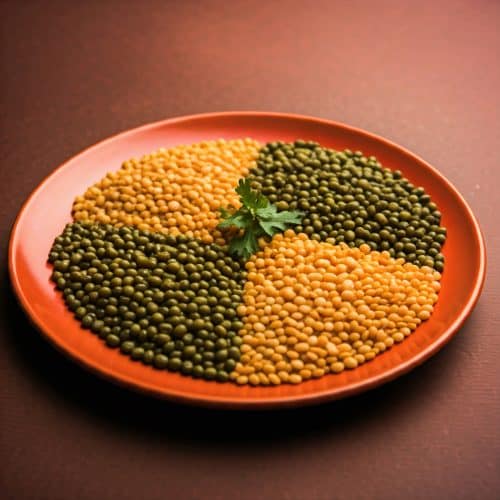Have you ever wondered how food can be more than just fuel for your body? In the ancient tradition of Ayurveda, what we eat plays a vital role in achieving balance and well-being. If you’re looking to rejuvenate your diet and elevate your culinary skills, you’ve come to the right place!
In this blog, we will also enumerate the basic tenets of Ayurvedic cooking, the stupendous benefits it can bring into your life, easy mouth-watering recipes for eager starters, and some real-life solutions for the most common problems of the neophyte. Whether you are curious about the Ayurvedic way or seeking a practical method of consuming meaningful, mindful diets, this reference will nourish and encourage you.
Starting Off – What is Ayurvedic Cooking?
Ayurvedic cooking is part of Ayurveda, a traditional Indian system of health and wellness that embodies the science of life. Ideally, our health is affected directly by what we eat, how we cook the food, and even how we eat it, contributing to an Ayurvedic lifestyle. Ayurvedic cooking, therefore, indicates how one would restore balance and vitality by attuning to a body’s energy system or dosha.
The Three Doshas
Ayurvedic cooking is all about this concept of dosha, or the three main energies through which your body gets involved in physical and mental processes:
- VATA (Air and Ether):- Creative, energetic, quick-thinking, but anxious and dry when out of balance.
- Pitta (Element: Fire and Water elements):- They are very focused and determined but can be very passionate and, when not in balance, irritable and heated.
- Kapha (Element: Earth and Water):- He is very settled and comforting, calm, and at times, very heavy and slow-moving.
The principle behind Ayurvedic cooking is that you have to take your food in a way that can balance these doshas according to your constitution and seasonal requirements.
Core Principles of Ayurvedic Cooking
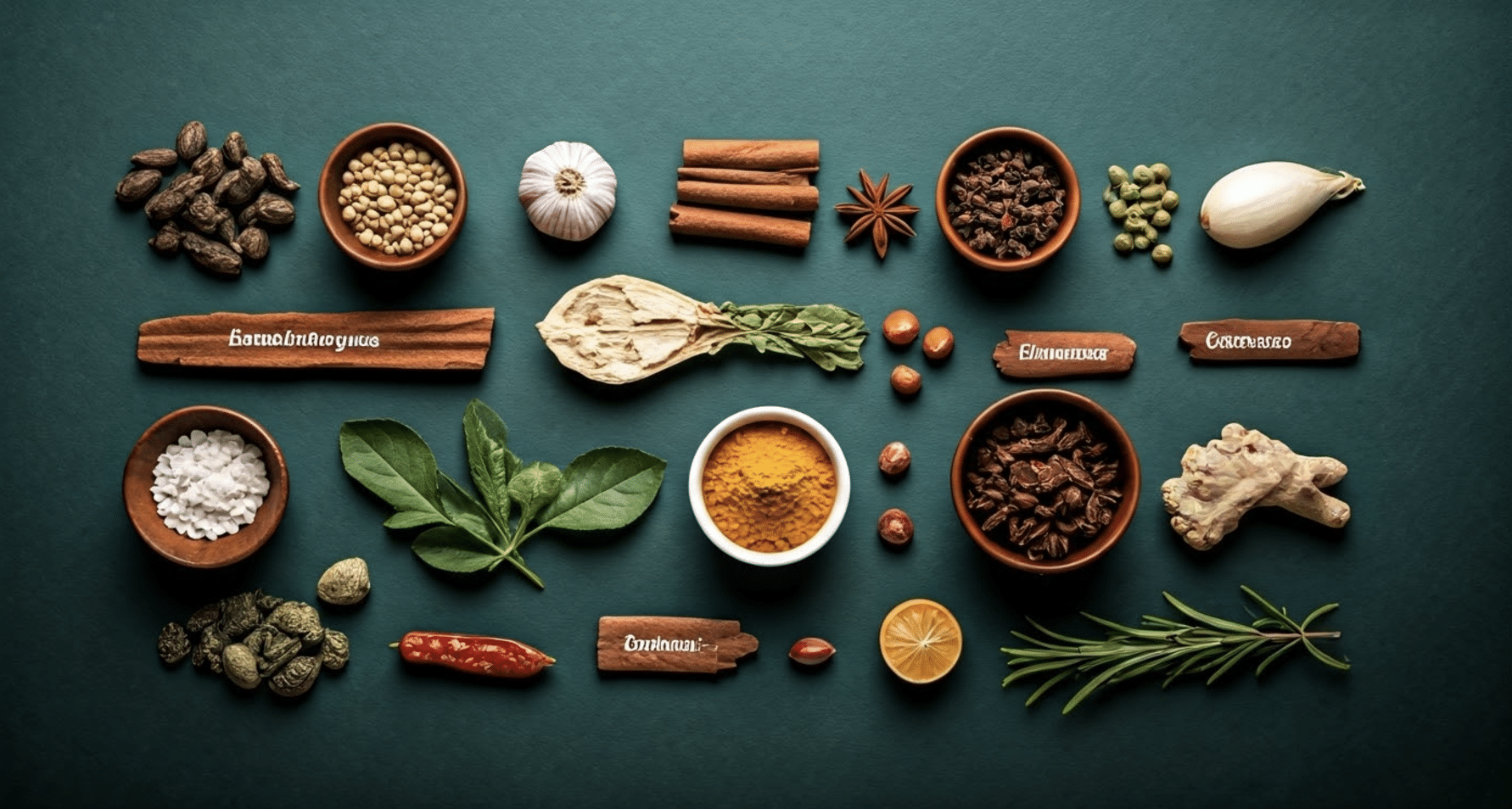
Various Indian Ayurvedic Spices
Ayurvedic cooking is all about achieving balance. It involves mindful cooking with seasonal local ingredients and personal meals that nurture the body and mind, while also balancing your specific energy – dosha – with nature’s rhythms, incorporating Ayurvedic herbs as essential components.
There are four core principles of Ayurvedic Cooking that we can break down as follows.
- The Six Tastes: Sweetness, sourness, saltiness, including salty tastes, bitterness, pungency, and astringency, must be included in every meal. This will complete the nutritional balance and the satisfaction.
- Eating according to the season: Ayurveda is very strict about fresh food, local food, seasonal food, and food that is as close to one’s environment as possible. All this is done so that the body can be synchronized with the natural rhythms of its environment.
- Mindful Preparation and Eating: Cooking and eating are thus viewed as sacred acts. The intention that goes into food preparation should be like that with which it is consumed in a peaceful and mindful environment to enhance its nourishing attributes.
- Customising for Your Dosha: Meals are taken for that dosha and include the particular spices and foods, as well as preparation methods to help bring the particular energetic system into balance.
What are the Advantages of Ayurvedic Cooking?
Ayurvedic cooking has been talked about a lot, but this section dives deeper into its amazing benefits. We’ll explore how this practice can transform your health and well-being.
- Enhanced Digestion: Being associated with digestion (agni), which is the very foundation of health, Ayurveda cites that spices such as cumin, fennel, and ginger will increase digestive fire. This should enable the body to make the most out of the food and avoid bloated stomachs or indigestion.
- More Energy: Ayurvedic cooking also naturally increases energy levels since it avoids processed foods and instead relies on fresh, nutrient-rich foods that are dosha-specific. This makes sure that you are well nourished, without the crashes related to sugary, heavily processed food.
- Weight Management: Ayurvedic cooking would not strictly prescribe such caloric limitations; rather, it encourages mindful eating and portion control, which naturally manage weight. They will educate people about the keen vigilance of the signals sent forth by the body so that one does not end up overeating.
- Improved Mental Clarity: Tulsi (the holy basil), saffron, and turmeric are some ingredients from Ayurveda that possess brain-up-skilling qualities. Decrease stress, achieve mental clarity, and generally promote cognitive health.
- Personalised Health Benefits: A person who would wish to pacify a pitta dosha imbalance benefits from cooling and hydrating foods like cucumber and mint salads, lentils, or dishes from coconut bases that soothe the heating energy of pitta dosha. In this way, a custom meal system supports the personal needs of individuals, thus ensuring balance and well-being.
Simple Beginner Recipes in Ayurveda That You Must Try!
You won’t believe how easy these recipes are! Below, we have discussed some beginner-friendly recipes with which you can start on the enriching principles of Ayurvedic cooking. Continue reading.
1. Golden Turmeric Milk
Turmeric is the backbone of Ayurveda and traditional Indian household remedies. Having it with milk will be a mandatory ingredient for every type of seasonal sickness.
This drink is beneficial and is warming for balancing both Vata and Kapha doshas, especially in winter. This drink is also beneficial for improving digestion and reducing inflammation. It can be enjoyed at any time of the day, hot or cold.
Ingredients:
- One cup of almond milk (or whatever kind of milk you prefer)
- ½ tsp turmeric powder
- ½ tsp cinnamon powder
- Pinch of black pepper
- 1 tsp honey (optional)
Cooking Instructions:
- Pour in a saucepan the milk.
- Stir in turmeric, cinnamon, and black pepper.
- Sweeten with honey, if desired. Sip tiny and enjoy the moment!
2. Khichdi
Khichdii is most likely the simplest of all one-pot meals, and it is much more easily digestible for all three doshas.
Ingredients:
- ½ cup basmati rice
- ¼ cup yellow mung dal
- 1 tsp cumin seeds
- 1 tsp mustard seeds
- ½ tsp turmeric powder
- A pinch of asafoetida
- 2 cups water
- Seasonal vegetables, such as carrots, zucchini, spinach, kale, and cauliflower.
Cooking Instructions:
- Wash and soak rice and dal beforehand.
- Heat the oil in a pot and fry the spices.
- Then, add rice, dal, vegetables, and water, and cook for 20 to 25 minutes on low fire.
- Garnish with fresh-cut coriander and serve.
Also read: Indian Khichdi recipes.
3. Pitta Balancing Cucumber and Mint Salad
It’s a refreshing treat, perfect for summer. It can double as a snack and is a great choice for health enthusiasts looking for a meal that’s not only nutritious and filling but also delicious.
Ingredients:
- 1 diced cucumber
- 1 avocado, slices
- Fresh mint leaves
- Olive oil drizzled over everything
- A pinch of cumin powder
- A squeeze of lime
Cooking Instructions:
- Toss all ingredients together in a bowl.
- Refrigerate for ten minutes and serve.
The Struggles of Ayurvedic Cooking
Like anything else, cooking from scratch while preserving the nutritional value can feel overwhelming at first. Starting your journey into Ayurvedic cooking might seem like a lot to take in, but it gets easier with practice. Start small, take it step by step, and be patient with yourself—mastering the techniques and flavours takes time, but it’s well worth the effort.
The following few points can help smoothen a lot of the bumps on the road:
- Availability of ingredients: Most common Ayurvedic staples like turmeric, cardamom, yogurt, ashwagandha, and whole grains are easily available in local grocery stores or online. If you can’t find some of the rare ingredients, you can always use substitutes that you have at home without losing the essence of the dish.
- Finding the Time: Ayurvedic cooking doesn’t always require a lot of time and effort. You can make khichdi or soups, grab a handful of spice mixes and have portions ready to toss together for a fast meal.
- Knowing Your Dosha: Understand Your Dosha – this can get pretty tricky at first. Check out some free online quizzes—they can give you a basic idea. If needed, you can always consult an Ayurvedic practitioner for a more detailed understanding.
- Maintain Consistency: An Ayurvedic diet may involve slow changes in the diet by adding some Ayurvedic spice to what’s already on your table. Ultimately, you will prepare the dish entirely using the Ayurvedic method.
Importance of Mindfulness in Ayurvedic Cooking
Ayurvedic cooking is an activity not only for the body but also for the mind. It welcomes mindfulness, both in preparing meals and in eating them. Be mindful of your ingredients’ colours, aromas, and textures, appreciate their origin, and relish each bite consciously. Besides, Ayurveda emphasizes regular meals over snacking and suggests eating according to your body’s needs—not by the clock. Incorporate a fixed routine for meals to align with your body’s circadian rhythm. Mindful practices, including yoga, coupled with a regular routine, can optimize digestion, absorption, and overall health.
Eating According to Your Body’s Needs
“When to eat” is as important as “what to eat” in Ayurvedic philosophy. Ayurveda recommends starting your day with a light breakfast, followed by a substantial lunch—when your digestive fire (Agni) is highest—and ending with a light dinner at least three hours before bedtime. Synchronizing your meals with nature’s rhythms can drastically improve your digestion and energy levels.
Attune yourself to your body’s hunger cues and learn to differentiate between physical hunger and emotional cravings. Resort to eating only when physically hungry and avoid emotional eating. Overeating and eating too fast can hinder digestion and create toxins (ama) in the body.
Embrace a balanced diet over ‘fad’ diets. Conversely, starving is not a solution for weight loss! Regular, balanced meals along with moderate physical activities help maintain a healthy weight rather than drastic measures that may cause harm in the long run. Moderation, balance, and mindfulness- these are the cornerstones of Ayurvedic nutrition.
Setting a Daily Routine for Meals
Maintaining a regular eating schedule is just as important in Ayurveda as eating the right foods. A consistent routine allows your digestive system to anticipate and prepare meals, aiding in efficient digestion and nutrient assimilation.
Ideally, try to have breakfast between 7-9 am, lunch (the largest meal of the day) between 12-2 pm, when the sun is at its peak, and your digestive fires are the strongest, and finish with a light dinner between 6-7 pm. Avoid eating too close to bedtime as it can disrupt your sleep and slow down digestion.
Create a peaceful eating environment—away from distractions like the TV or work. Eating is revered as a sacred act, a chance to nourish your body and mind, so approach it with due respect. This daily discipline promotes overall wellness, improves digestion, and helps prevent gastrointestinal disorders.
Improved Digestion and Nutrition
Eating as per Ayurveda improves your digestion by optimizing Agni, your digestive fire. It suggests the best way to consume warm, cooked foods instead of cold and raw ones, as they’re easier to digest. This has the added benefit of reducing the production of toxins in the body. Spices used in Ayurvedic cooking, like ginger, cumin, and coriander, stimulate the enzymes responsible for digestion and absorption.
It recommends including all taste qualities in a meal since each taste stimulates different digestive enzymes and processes. For example, a sour taste jumpstarts the secretion of digestive juices, while bitter and astringent tastes stimulate fat and water metabolism, respectively. Dairy can also play a role in these processes, which can help in managing obesity.
Ayurvedic cooking also emphasizes the correct combination and sequence of foods to avoid havoc, indigestion, and accumulation of toxins. It doesn’t encourage drinking large amounts of warm water with meals as it can dilute your digestive juices. All these practices boost nutrient absorption and promote overall digestibility.
Conclusion
Ayurvedic cooking helps us appreciate food in its most natural, life-sustaining form. It’s not about counting calories but celebrating food’s role in nourishing the body and bringing joy. By connecting with nature and understanding our unique needs, we learn to use food as medicine. Embracing Ayurveda in the kitchen promotes a healthier, more mindful life, fostering better health, calmness, and happiness. Remember, it takes practice and patience, but the benefits are truly worth it. Happy cooking and good health!
Frequently Asked Questions (FAQS)
Can I do Ayurvedic cooking outside India?
Yes, you may do Ayurveda anywhere in the world by using local and seasonal produce.
Do I have to be a vegetarian?
Most of the recipes included in Ayurveda are plant-based. However, in most cases, it would also contain non-vegetarian recipes, depending on the needs of an individual.
Can I follow an Ayurvedic diet if I have dietary restrictions?
Yes, you can. Ayurveda is flexible and can be adapted to cater to different needs. Whether you’re a vegetarian, vegan, or have other dietary restrictions, you can find Ayurvedic recipes that align with your dietary preferences and still aid in balancing your dosha.
What is Ghee, and why is it important in Ayurvedic cooking?
Ghee is clarified butter made from milk solids and is widely used in Ayurvedic cooking. It’s believed to enhance the absorption of nutrients, improve digestion, and balance doshas. Ghee is also praised for its taste-enhancing properties, making it a valuable addition to Ayurvedic meals.
How do I discover my dominant dosha?
Discovering your dominant dosha requires understanding your physical attributes (like body frame and skin type), mental traits (like your emotional tendencies and stress-handling capacity), and lifestyle habits (like food preferences and sleeping patterns). You can self-assess using online quizzes or consult a certified Ayurvedic practitioner for an accurate evaluation.






